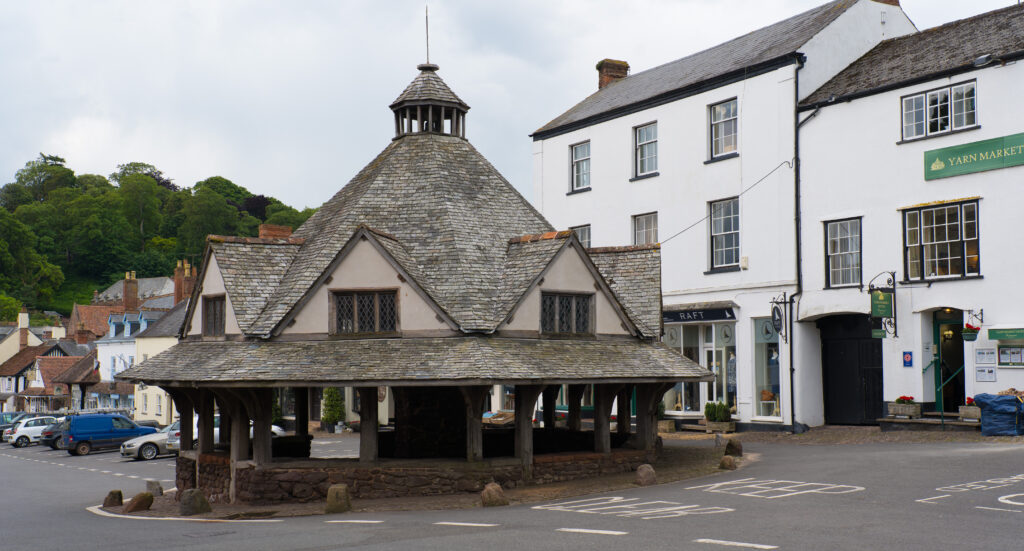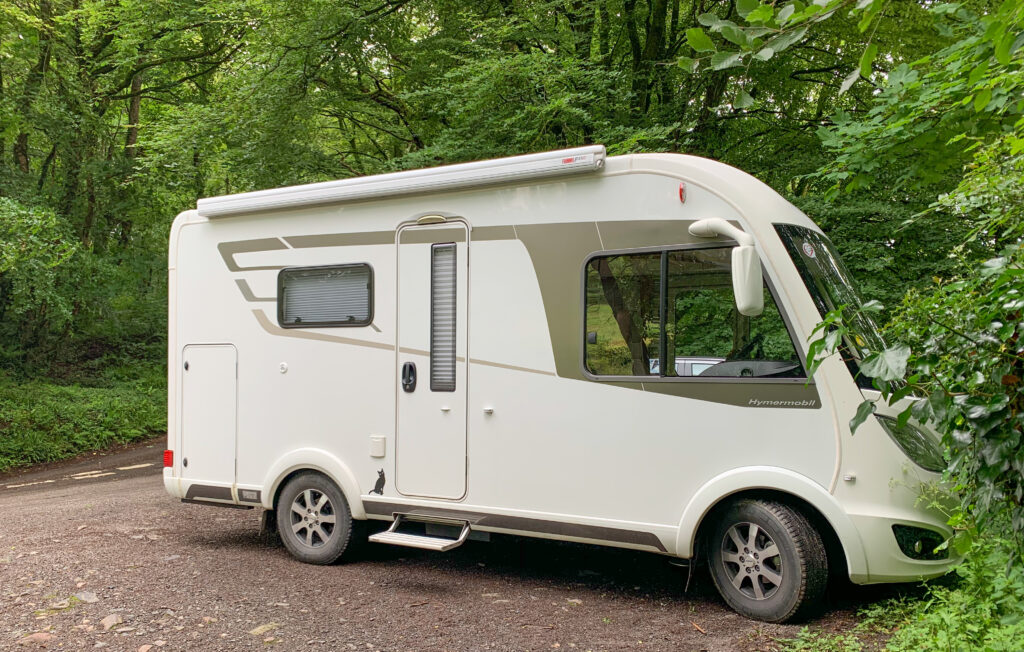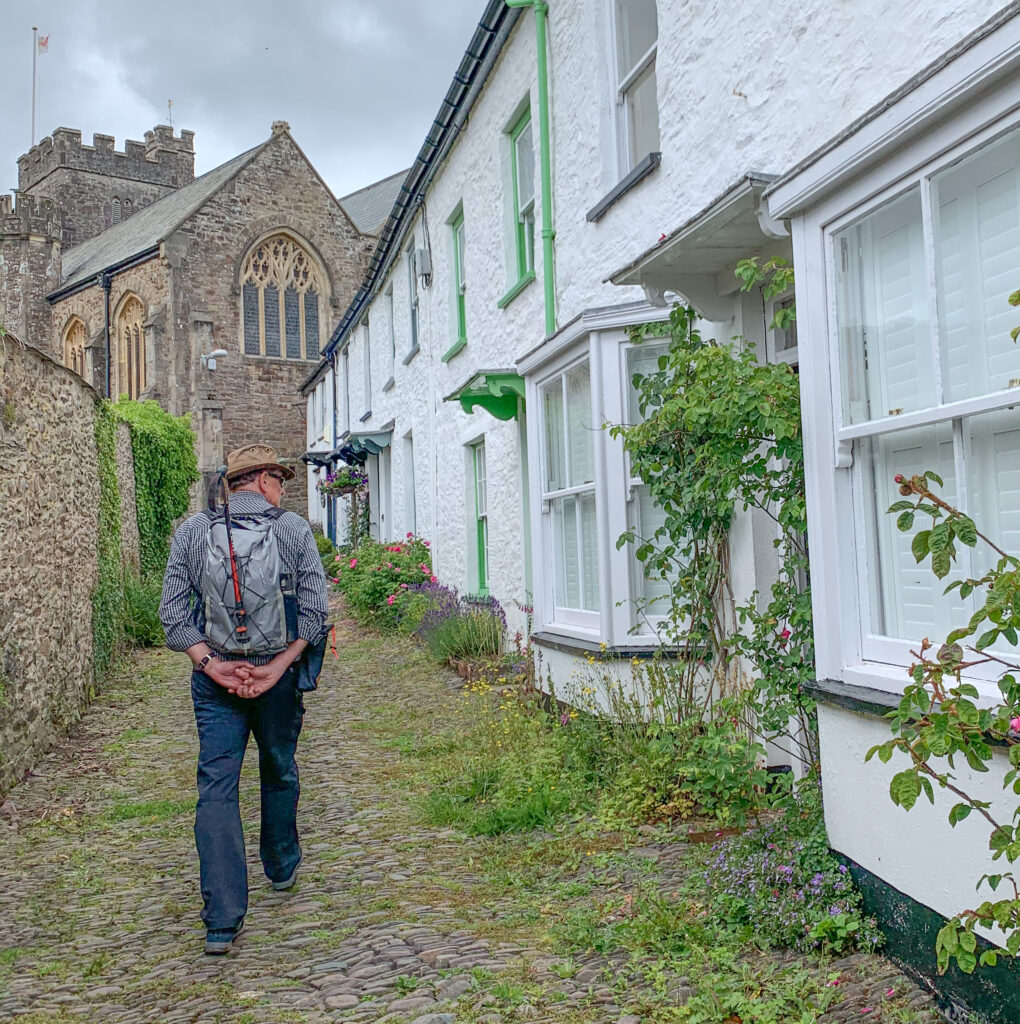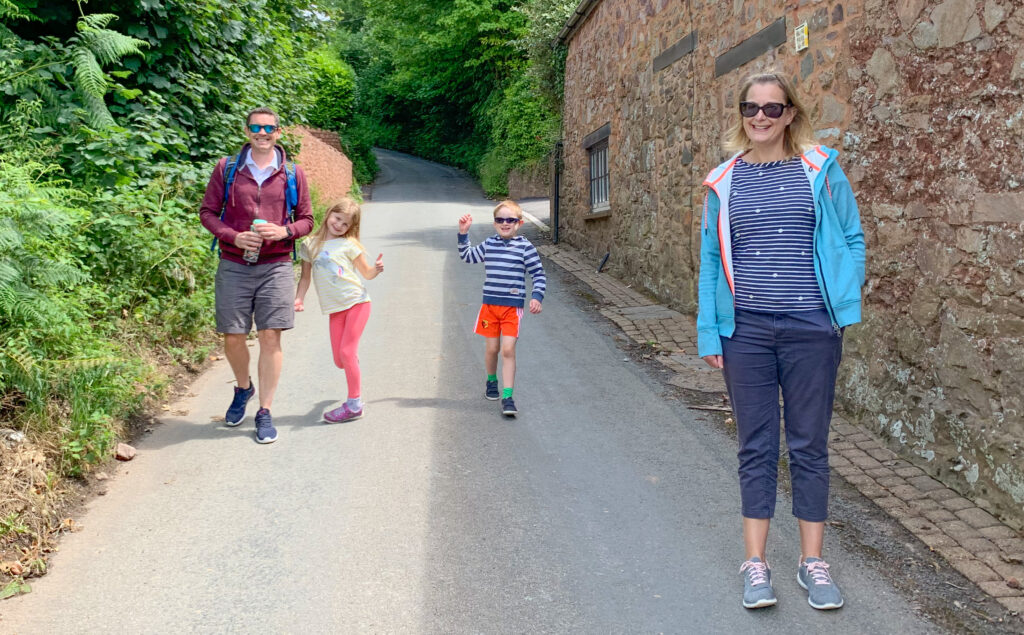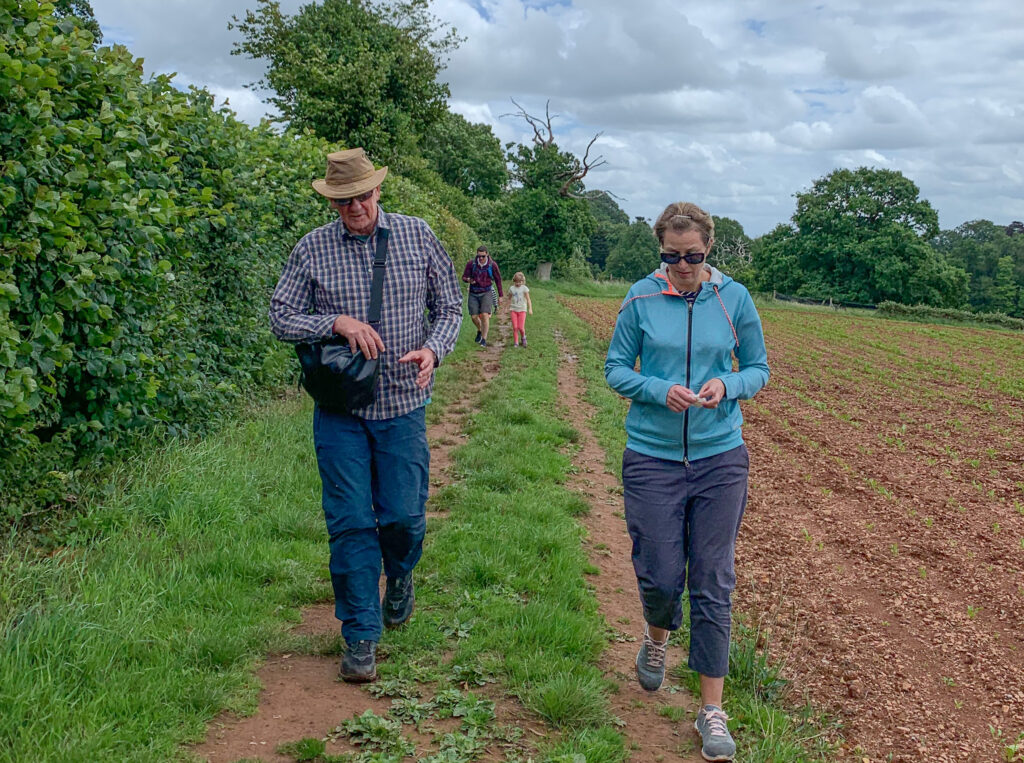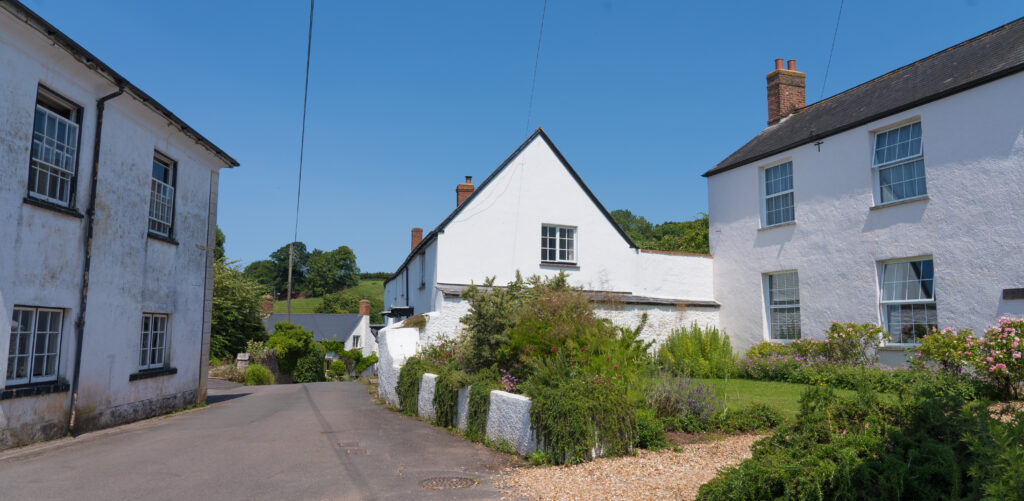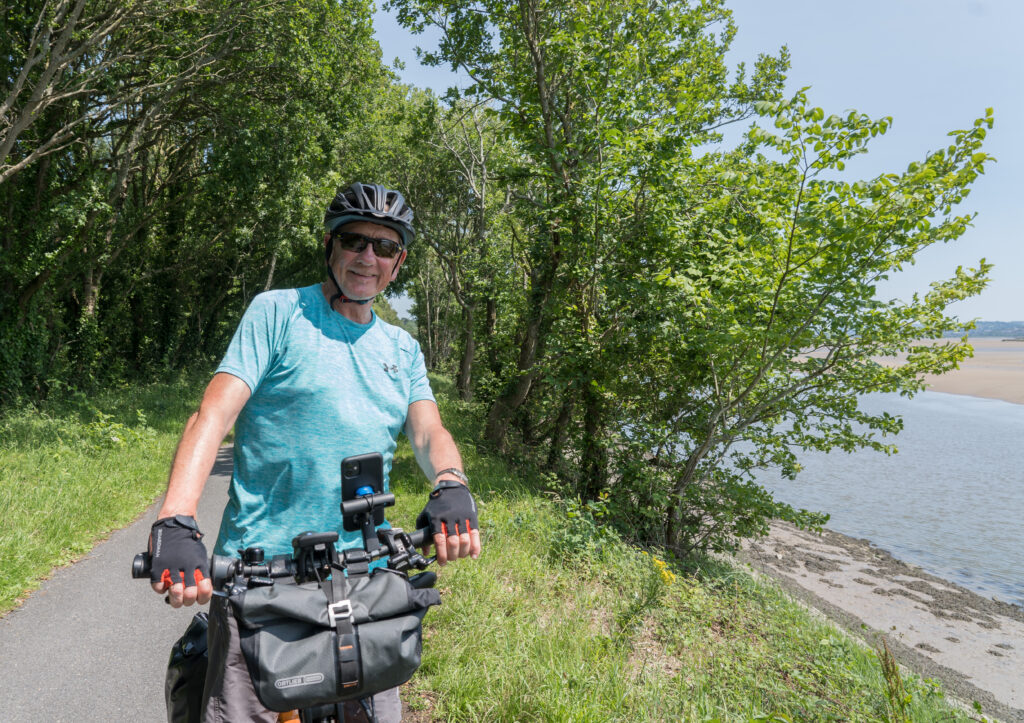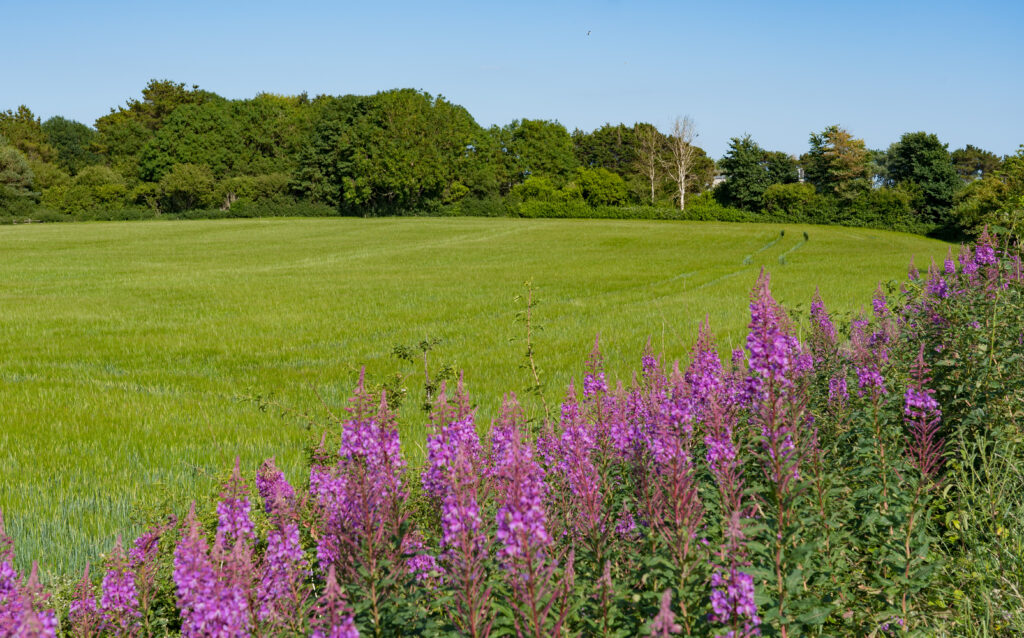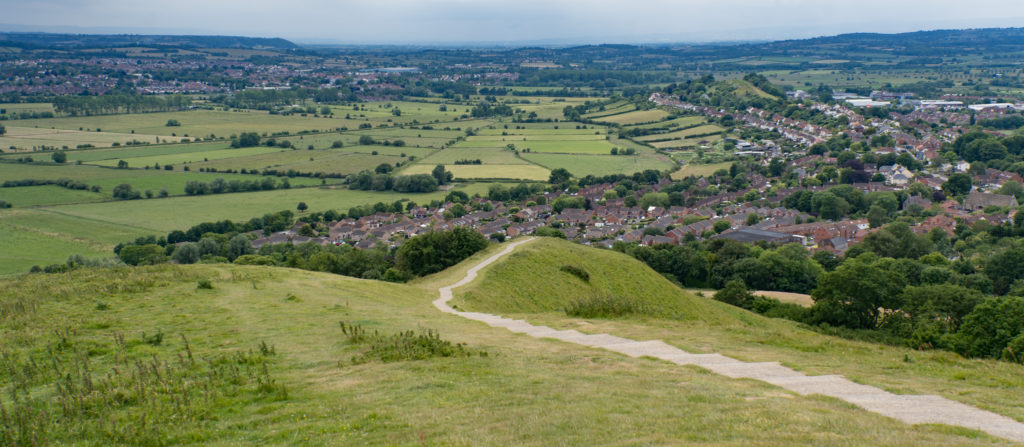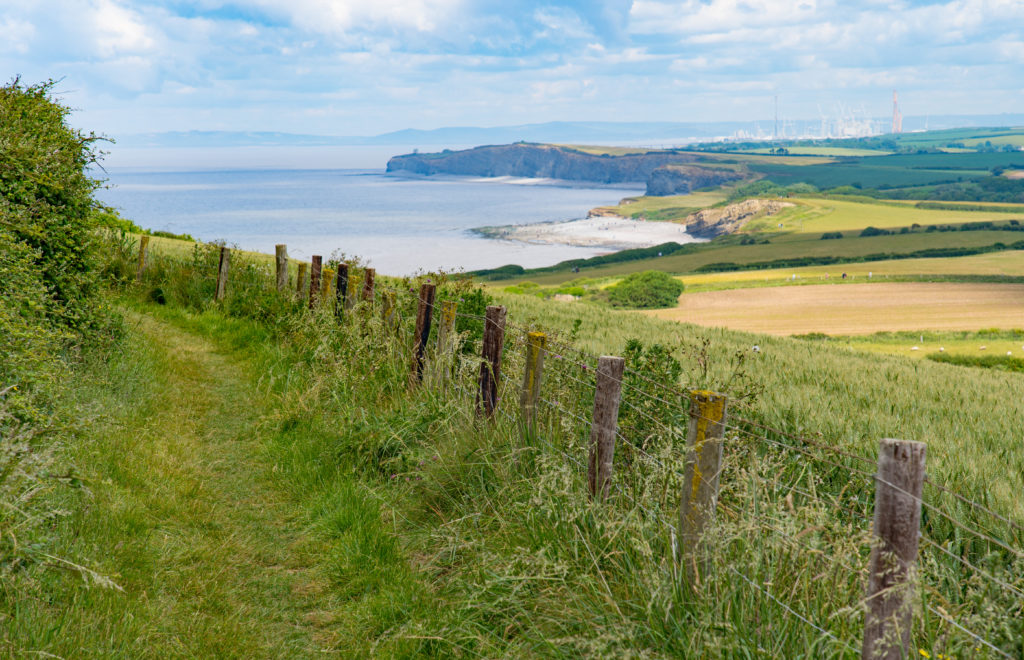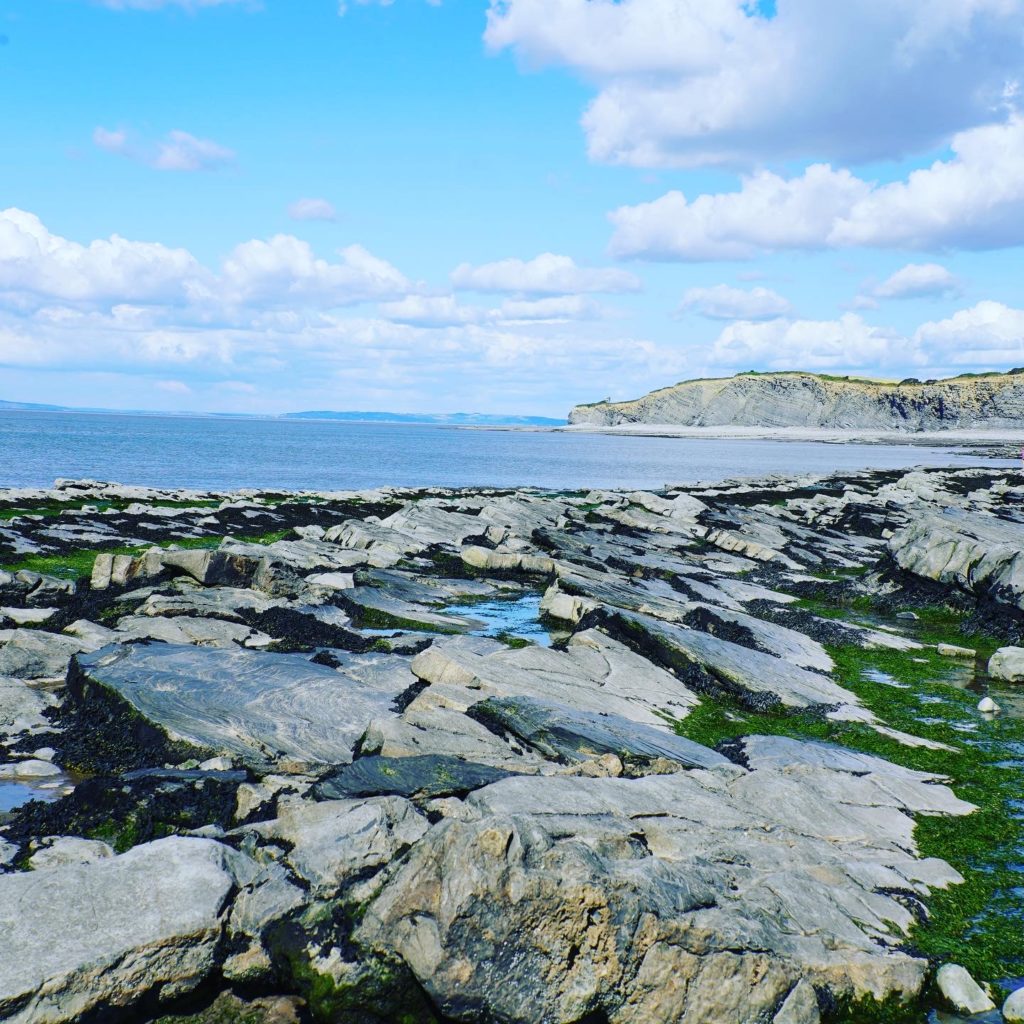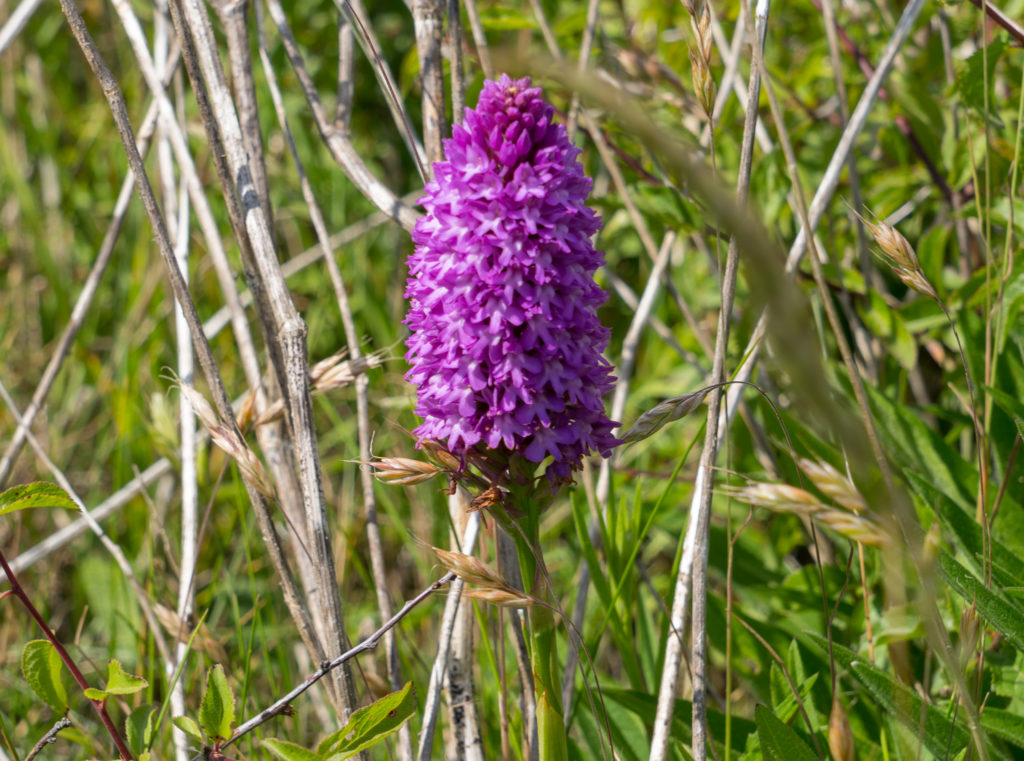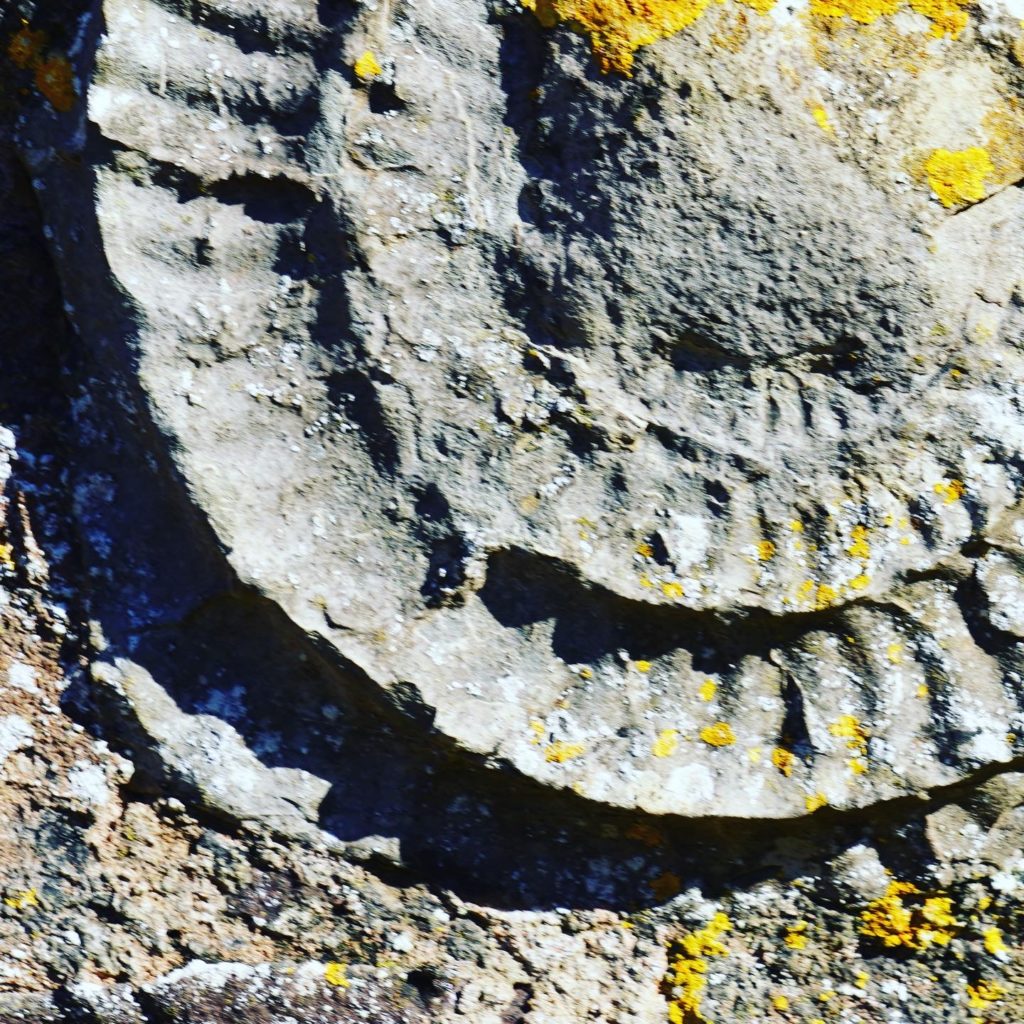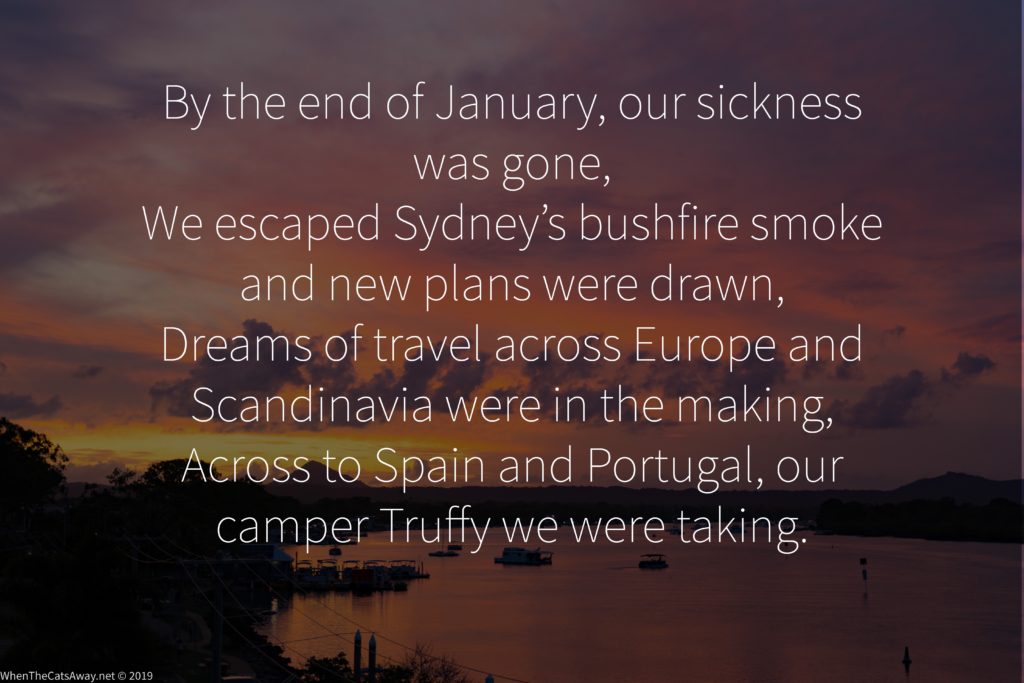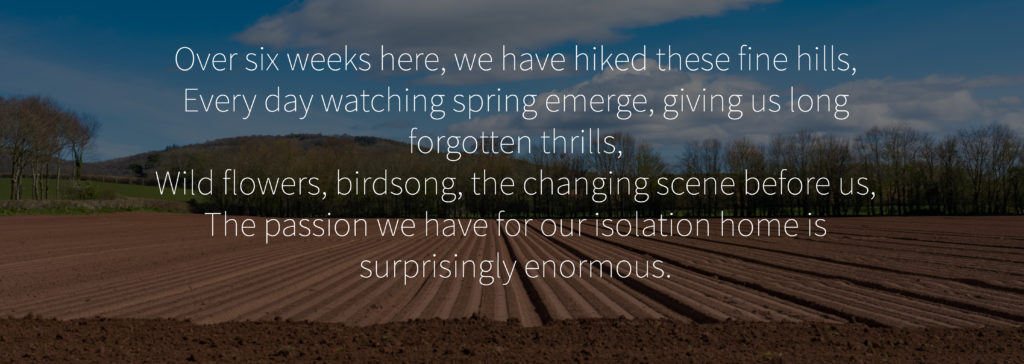Author: Mr A
Location: West Bagborough, Porlock Weir & Bridgewater Somerset, Honiton, Dorset, UK
This Friday we will be pulling out the driveway of our Somerset hideaway to once again hit the roads (click here for our planned upcoming locations). Our feelings are very mixed. We are looking forward to seeing family and friends, many of whom we’ve not had the opportunity to see yet in the flesh, but moving on from our protected little bubble will bring new risks as we move into areas of higher infection in the midlands in particular and interact with a wider number of people.
A reporter for the Guardian has spent the last couple of weeks driving around Britain interviewing people coming out of lockdown. We resonated with some of the themes that emerged. For instance, a determination to retain a focus on mental and physical health. For many people who have retained their positivity during lockdown they have credited this to regular exercise, and better eating and sleeping habits. We similarly are pleased with the amount of exercise we’ve been doing, and determined to not lapse back into sedentary ways when we are on the road.
Easier access to restaurants and pub grub is going to make it more of a challenge to continue the relatively healthy eating regime we have maintained, cooking almost all of our food from scratch. I take zero credit for this, other than being an appreciative consumer.
We have also been protected in this rural bubble from the noise and air pollution that many of Britain’s more urban environments suffer from, and we are going to find it a shock to return to the real world of heavy traffic and smog.

But move on we must, and we have been busy trying to get our home on wheels ready to face the rigours of the road. Our main problem was that we lost all our 12 volt power, so no taps would work, no internal lights, the whole system was dead. We also noticed a very rotten egg type smell when we were working in there. Of course I was immediately blamed…but protested my innocence, and for once was proved guiltless. We did some research and eventually discovered that a dead battery if put under charge gives off a pungent aroma, as a precursor to then exploding!
We were lucky to find a local auto electrician to help us, everyone is so busy in lockdown fixing people’s vehicles that have been left idle. The guys at AD Auto-Electrical near Bridgewater were brilliant, quickly finding a wire on our alternator had been chewed though, presumably by mice when he had been left all alone on a farm in storage over the winter. They soon repaired it, then popped a couple of new batteries in, our motor home dealer, Fuller Leisure, agreeing to foot the bill even though strictly we were out of warranty. Good lads.


We also managed to assess and repair some minor stuff ourselves, thanks to Catherine’s love of problem solving and a much more practical bent than my own. I did manage to fit a Heads-Up Unit to display speed directly onto the windscreen. It was so hard to read from the dashboard dial. It has worked very well so far, with no need now to take my eyes off the windscreen to make sure I am keeping under the multiple speed limits we constantly drive through. with speed cameras lining the roads.
We took an afternoon off jobs to walk another section of the South West Coast Path. We started from the small settlement of Porlock Weir, a small harbour with a documented use going back over 1,000 years. It wasn’t hard to imagine the regular waves of Danish and Irish invaders sailing up to the little jetty, with intentions ranging from trade to plunder.



We spotted a little sign advertising local oysters, not a produce we expected to see in the western reaches of Somerset, so we plunged in to sample half a dozen.

Apparently a community initiative in 2013 led to Porlock Bay Oysters being the first oyster farm to achieve the top “Class A” certification in England and Wales. Another causality though of the closing of pubs and restaurants, they now have over 30,000 oysters plump and ready for eating, with their customers only just opening up. As with many businesses affected by lockdown, they are flexing their business models and trying to find new channels to market. In this case selling direct to the public. We loved our sample, easily beating for taste and texture the ones we tried in Normandy, although Scottish shellfish still sits up there for us.

The coast path led us up a steep track through woods smelling that unique pungent aroma you get from trees recently soaked with the showers that have persisted the last few weeks.



We started to notice the remains of old walls and bridges, we learned later this is all that remains of the once grand coastal retreat for the first Lord Lovelace, married to the daughter of the poet Lord Byron. Not much remains of the once grand home, but what does certainly created an atmospheric backdrop to our wander.



One of the Lovelace family also designed a grand gatehouse, which has been restored and sits over the entrance to what is now a quirky tourist attraction – a scenic toll road that winds its way a few miles along this beautiful stretch of coast. Our slightlly plump Truffy wont be fitting through that arch!


This little walk was full of surprises. Next came England’s smallest parish church in the tiny village of Culbone.


Unfortunately we had run out of time and had to retrace our steps. Another place on the list to come back to, sometime in our unknown future…


Back at our little cottage which sits in the grounds of the rather grand main house, we had organised a bit of a celebration for the owner. Jenny had just had built a little folly in the garden. Well, not one to miss an opportunity for a decent glass in these stunning gardens, I suggested it should have a grand opening. With her friend down to stay for the weekend, our host concurred and a very pleasant evening was had gazing our over the Somerset countryside this property has such commanding views of.


We also took a trip over the nearby Blackdown Hills to the small town of Honiton to visit a long-time friend of Catherine’s and her family. So many families have experienced tragedy thanks to this virus, and theirs was no exception, so it was an afternoon of laughter mixed with tears, with a very long and thoughtfully prepared lunch culminating in a dairy-free sponge cake, just so Catherine could join in and enjoy it. We also got a much needed feline fix from their gorgeous cat Worcester.

We were then able to return the favour when they came over to our place. We were treated to freshly baked scones, with jam and cream – our first cream tea this year – hopefully not the last!



We also managed to celebrate the opening of pubs on the 4th July by popping down our nearest local for a couple of pints. It was great to see how hard they had worked to flex their arrangements, building a new outdoor bar, counting heads coming in to make sure there was sufficient room to keep our distance, taking down phone numbers for their participation in the Covid-19 track-and-trace scheme and lots of new outdoor seating and cover. Well done to the Farmers Arms.

So as we start to pack up the cottage its hard to not feel nervous about what awaits us, but it‘s time to go. Saying goodbye to this welcoming community, and hoping one day we can work a return to this little slice of paradise into our travels.





